 |
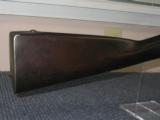 |
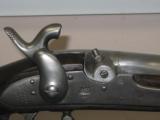 |
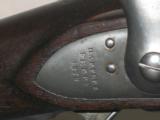 |
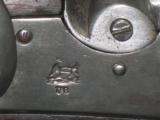 |
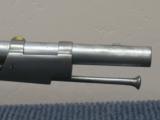 |
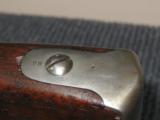 |
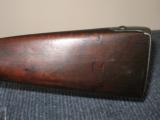 |
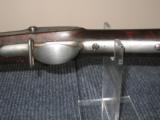 |
 |
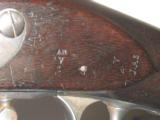 |
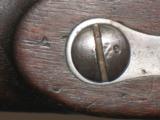 |
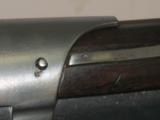 |
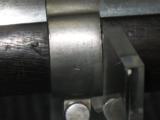 |
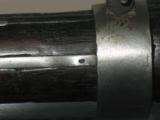 |
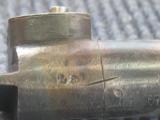 |
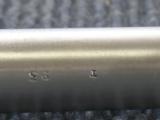 |
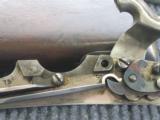 |
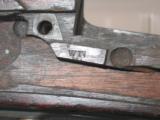 |

Fine Model 1816 Type III Harpers Ferry .69 Caliber 3-band SB Musket, Converted to Percussion by Arsenal Method
Guns International #: 100681159 Seller's Inventory #:
Category: Civil War Rifles - Military Rifles - Antique
Seller's Information
When emailing or calling sellers direct, please mention that you saw their listing on GunsInternational.com
Seller: James Carr's Antique Guns and Collectibles
Member Since: 3/8/15
First Name: James
Last Name: Carr
State: Colorado
Zip: 81403
Country: United States
Phone: (703) 431-3159
Premium Seller
Number of Active Listings: 24
Total Number of Listings: 148
Seller: Private Seller
Return Policy: 3 day inspection and return policy on used guns.
Payment Types Accepted: Zelle, money orders or checks with cleared funds
Description:
The US Model 1816 musket, the last flintlock martial arm to be produced for the U.S. Army, had a colorful history spanning over 50 years and two major armed conflicts. It had the highest production of any U.S. issued flintlock musket, attesting to its craftsmanship and reliability. It was produced at both the Springfield and Harpers Ferry Armories in approximately equal amounts. Between 1816 and 1844 the musket design was enhanced from a “Type I” to a “Type II” and finally to a “Type II”. Most of the newer rifles were ultimately converted by the Army from flintlock to percussion during the 1840’s and 1850’s.
This particular Type III example has a lockplate showing manufacture at the Harpers Ferry Armory in 1838. It started life as a flintlock musket and was converted by the so-called “arsenal method” at Harpers Ferry, sometime within the second half of the 1850’s. The conversion was accomplished by an armorer totally replacing the breach end with a percussion bolster. This was an advance on the previous so-called “French” and “Belgian” type conversions.
The musket is in fine condition, and is all original and complete, including ramrod. All metal is in original uncleaned armory bright without pitting or other damage. The walnut furniture is solid, still with good original military finish. The bore is good. Lock action is excellent. Eagle, dating and armory stamps on the lock plate are crisp, as is the “U.S.” on the butt plate. There are “s” stamps on the barrel bands, stamps on the bottom of the barrel, and “6” assembly stamps on the other parts, all of which are crisp. Numerous crisp maker stamps appear on the lock flat and behind the tang on the top of the stock wrist. The inside of the lock and lock inlet also have numerous crisp stamps. There is an initial carved on the left stock surface.
Packing and shipping to anywhere in the Continental USA west of the Mississippi by UPS ground will cost $50 in addition to the purchase price. Other shipping locations at actual cost. I do not accept payment by credit cards or Pay Pal.
Please Note: I am just an old guy who collected guns, parts and civil war memorabilia for many years who is liquidating his collection. I do not make my living buying and selling guns. My comments on any particular gun being sold are based on my knowledge as a collector, my examination of the gun, my research, and my comparison with other similar guns. I do not purport to be the second coming of Norm Flayderman, and recognize that there is always something to learn in connection with antique guns (although others I encounter seem to think they know everything). The pictures I post are intended to give you what you need to make a fair assessment of the item being sold. Please study these closely. If you find there is some detail that is unclear, let me know and I will get you that detail if it exists. Finally and most importantly, be clear that the guns I am selling are being sold as collectibles and nothing more. I can tell you from years of competing with the NSSA as a black powder shooter, the shooting of antique guns is an activity that is totally different from modern shooting. The metallurgy of antique barrels and breach plugs can only sustain a certain amount of velocity, and may be impaired after 150 years or so of deterioration or abuse. Assuming a capable gunsmith has pronounced an antique gun safe to fire, only true black powder can be used, and then only in appropriate amounts. People who want to have the historical connection of firing an antique gun without the knowledge, experience or supervision to properly do so can wind up maiming or killing themselves. Please don’t do that.
SOLD
Curio/Relic: Yes
Antique: Yes